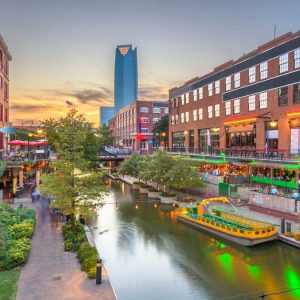Keep water out of your historic building
Historic buildings and water infiltration don’t mix. Construction materials break down with time, making them more susceptible to water damage and erosion. Many moisture-related issues are preventable with the proper monitoring, maintenance, and waterproofing techniques. Here are some proven ways to keep water out of a historic building.

Keep the roof clean and watertight
The roof is a building’s first line of defense against precipitation. Piles of leaves and debris can trap moisture on the roofing, which affects the materials below. If your historic building has a flat roof, check for trapped debris several times per year, especially during the fall months.
Depending on the roof’s age and condition, it may be time to have it repaired or replaced. Work with a roof inspector who understands historic buildings. They often require a different approach than new construction.
Address drainage issues quickly
The drainage system around the building directs water away from susceptible areas. This protects the foundation and keeps hydrostatic pressure to a minimum. If the gutters, downspouts, French drains, and other drainage components aren’t working efficiently, they could put the building at risk.
Watch for pooling water around the property or water flowing off the gutters instead of through them. These could be signs that the drainage systems need to be cleaned, repaired, or updated.
If there is an irrigation system on the property, make sure it directs water on the turf and plants. Spraying water on the building not only wastes water but can also impact the foundation. Make the appropriate adjustments to protect the historic building.
Consider adding a moisture barrier
Moisture barriers and sealants are made to prevent water infiltration. This makes them logical choices to keep water out of a historic building. With this in mind, some moisture barriers do more harm than good. Having a poorly installed barrier is worse than having no barrier at all.
To find out if a moisture barrier is a good fit for your building, work with a qualified contractor familiar with local building codes. Every historic building is unique. You need a specialist who can recommend a custom solution that fits your building’s specific needs.
Contact JK Industries to learn more about waterproofing historic buildings. We would be happy to arrange a quote.
